Safety Talks – Safety Signage
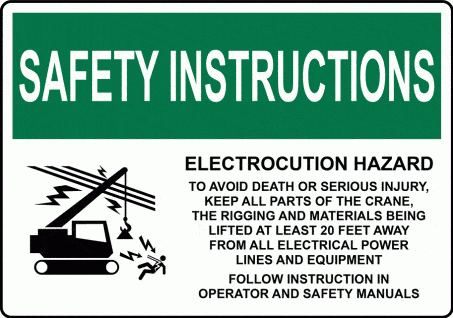
Safety Color Coding for marking physical hazards and Accident Prevention Signs is a standard way to identify hazards and visually communicate information. In the workplace where hazards are present, safety signs and colors are useful tools to help identify health and safety hazards, provide safety instructions, show where emergency equipment is located, and tell what type of personal protective equipment must be worn to access an area.
Safety signs are color coordinated – each color represents a specific type of warning. They contain signal words intended to capture a person’s immediate attention. It is important that you review the safety colors with employees so they can recognize and understand the different hazard warnings.
Specifications for Accident Prevention Signs and Tags
Accident Prevention Signs
These signs indicate and define specific hazards which may lead to accidental injury to workers and/or the public or to property damage. Signs shall be uniform and must be visible at all times. They include a major message that indicates the risk level of the hazard present.
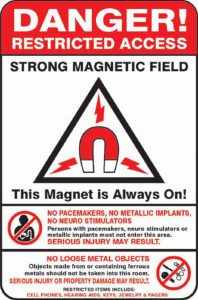
The word ‘DANGER’ must be used when there is a high probability of death or severe injury. These signs indicate immediate danger and that special precautions are necessary. The standard colors for danger signs are red, black, and white.
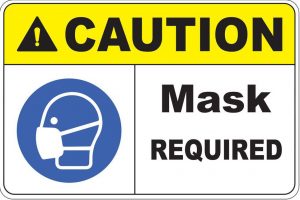
The word ‘CAUTION’ indicates a hazardous situation which may result in a minor or moderate injury. Caution signs warn against potential hazards or caution against unsafe practices. The standard color of the background is yellow; the panel is black with yellow letters.
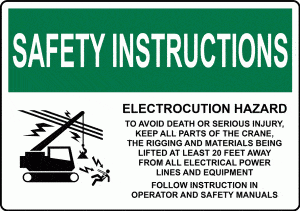
Safety Instruction Signs
These signs indicate general instructions, safe work practices, reminders of proper safety procedures, and suggestions relative to safety measures. Safety instructions signs tend to be green on a white background and contain safety messages such as location of first aid and safety equipment.
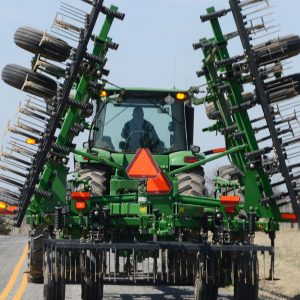
Slow-moving emblem
This sign consists of a florescent yellow-orange triangle with a dark red reflective border. This emblem is used only on vehicles which, by design, move slowly (25 mph or less) on public roads. Examples include: golf carts, tractors, and animal powered vehicles.
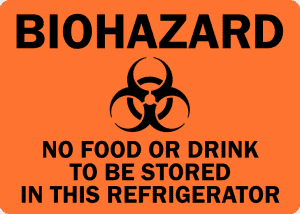
Biological Hazard or ‘BIOHAZARD’ tags
These identify the actual or potential presence of a biological hazard and to identify equipment, containers, rooms, experimental animals or combinations that contain or are contaminated with hazardous biological agents. The standard color should be fluorescent orange or orange-red, with lettering or symbols in contrasting color
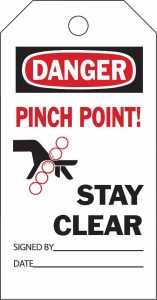
Accidental Prevention Tags
These tags are used to prevent accidental injury or illness to employees exposed to hazardous or potentially hazardous conditions, equipment or operations. Tags must be used until a hazard is eliminated or the hazardous operation is completed. Accident prevention tags are similar to Accident Prevention Signs but include an additional signal word – ‘Warning’.
Warnings are used to represent a hazard level between ‘Caution’ and ‘Danger’. The tag is orange with lettering or symbols in a contrasting color.
Accident Prevention Tags must contain the following:
- A signal word (Danger, Caution, Warning or Biological Hazard)
- Major message, which indicates the specific hazardous condition or the instruction to the employee. The message can be in either a pictograph, written text or both.
- Signage must be readable at a minimum distance of 5 feet
- Employees shall be informed as to the meaning of the various tags used throughout the workplace
- Tags will be affixed as close as safely possible to their respective hazards by means of string, wire or adhesive that prevents loss or unintentional removal.
